#elvish
Explore tagged Tumblr posts
Text

when u can’t decide on a sun bleached flies ‘if it’s meant to be then it will be’ tattoo or a lord of the rings tattoo so u just get the sun bleached flies tattoo in elvish
#tattoo#I’ve been wanting to get this for like over a year#Ethel Cain#sun bleached flies#elvish#lord of the rings#I got the best translation I could get I don’t need any nerds trying to tell me it’s wrong#MY nerds told me it’s right I’ve consulted all my trusted nerds#plus I can write in elvish so don’t come for me I’m excited
25 notes
·
View notes
Text


elven circlet, by sweetelvenchestnut on etsy.
#medieval#wedding#fashion#fairycore#ethereal#elf#elves#fairy#elven#elvish#elfcore#lord of the rings#nymphaea's whispers
6K notes
·
View notes
Text


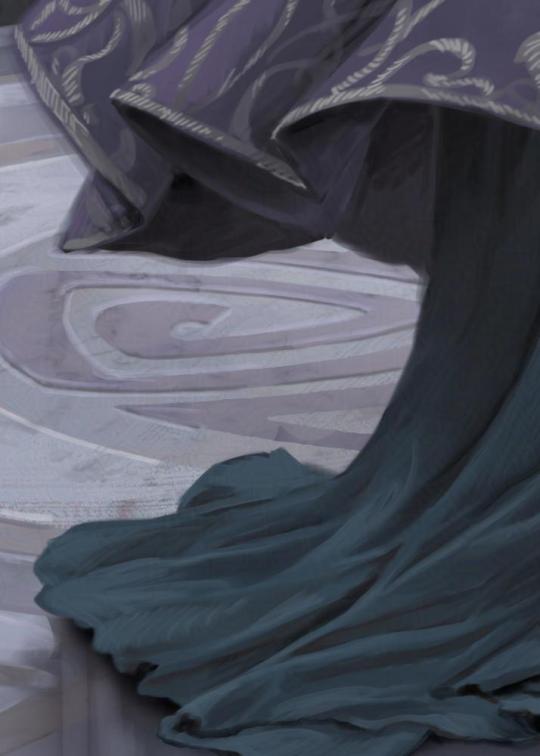
New LotR fanart! Arwen. :) Or, fun with muted, melancholy color palettes. Medium: Photoshop & Wacom Intuos 4.
Prints: https://www.inprnt.com/gallery/kgehrmann/arwen/
#arwen undomiel#arwen#lotr#lord of the rings#middle earth#elven#elvish#elf#fantasy art#magical realism#mystical
192 notes
·
View notes
Text
Begging vs demanding. Get you a man who does both. Like Elrond 🧍🏻♀️


#the rings of power#Elrond#lord of the rings#elrond peredhel#lord elrond#elvish#galadriel#gil galad#gif#he’s so babygirl
336 notes
·
View notes
Text
Sindarin words for fanfic writers
I used parf edhellen and a few other websites all listed at the bottom!
Includes: greetings & goodbyes/ questions/ commands/ terms of endermeant/ compliments/ insults/ family titles/ clothing/ body parts/ years & months/ numbers
Greetings/ goodbyes
Well met - Mae Govannan
Greetings - suilaid
My heart sings to see you. - Guren linna chen cened.
My pleasure to meet you. - Glassen na chen govaded.
Hail - Ai
Welcome - Nathla/Nathlo
A star shines upon/on the hour of our meeting - Êl síla erin lû e-govaned vîn
You are welcome here - Gi nathlam hí
Farewell. - Navaer.
I hope you have a good journey. - Harthon gerich lend vaer.
I hope useful winds will speed you on. – Harthon huil vaer chen horthatha.
Fair winds! - Suil vain!
I hope you will have kind seas. - Harthon gerithach aeair vilui.
I hope you will have a good hunt. - Harthon gerich rui vaer.
I hope the leaves of your tree of life will not wither. - Harthon i laiss en-Galadh e-Guil chîn ú-belithar.
I hope you will have green paths and a breeze behind your body. - Harthon gerithach raid gelin ar chwest adel thraw chîn.
I hope you will have paths green and golden. - Harthon gerithach raid gelin ar velthin.
Nothing will stop the weeping of my heart until our reunion. - Unad nuithatha i nîr e-guren nalú aderthad vîn.
I hope you will have sweet waters and joyous laughter until our next meeting. - Harthon gerithach nîn velui ar lalaith veren na-lû govaded vîn.
I hope you will have sweet dreams tonight. - Harthon gerithach elei velui nef fuin hen.
I hope to see you there. - Ennas harthon chen cened.
I hope to see you at this time. - Harthon chen cened na lû hen.
Questions
Do you speak elvish? - Pedig/Pedil edhellen?
Where are we? - Mi van me?
What are you doing? - Man ceril?
What did you do? - Man agorel?
When? - Na van?
Which one? - Man pen?
With what? - A van?
Who is leading? - Man tôg
Why? - Am man?
Why? (For what purpose?) - Am man theled?
Why not? - Avo garo am man theled?
Commands
Be gone - Ego
Run - nor-
Halt - Daro
Let’s go - Gwaem
Come near the fire - Tolo anin naur
Come with me - Tolo ar nin
Come, join us - Tolo, govano ven
Release me - Leithio nin
Save me - Edraith enni
Don’t be afraid - Av-'osto
Terms of endermeant
My sweet heart - Guren vell
My love - Meleth nîn, mil nîn, melethen, or milen.
My friend - Mellon nîn or Mellonen
My friends - Mellyn nîn or Mellynen
My Lord - Brannon nîn or Brannonen
My Lady - Brennil nîn or Brennilen
Foe of my foe - Coth o chothen
Friend of my friend - Mellon o mellonen
Little father (dwarf) - Adar dithen
Bearded one (dwarf) - masc. Fangon fem. Fangil
Mighty one - masc. Belegon fem. Belegil
Valiant one - masc. Gornon fem. Gornil
Ancient one - masc. Iauron fem. Iauril
Wise one - masc. Saelon fem. Saelil
Loyal one - masc. Sadron fem. Sadril
My champion - masc. Thalion nîn or Thalionen fem. Thaliel nîn or Thalielen
My beloved - masc. Melethron nîn or Melethronen fem. Melethril nîn or Melethrilen
Love of my life - Meleth e-Guilen
Lovely one - masc. Miluir fem. Miluis
Compliments (literal translations)
It is my joy to see you. - Glassen na chen cenin.
You did well. - Mae carnen
You have a heart like a lion. - Gerich ‘ûr sui raw.
You are a mighty and brave warrior. - Ech maethor veleg ar gornen. (Gornen constructed from the noun gorn “valour”)
You are an archer skilled and sharp-eyed. - Ech pengor vaen ar maecheneb. (Pengor in feminine form is Pengel)
You are as beautiful as a rainbow. - Ech vain sui ninniach.
Your radiance shines like the moon. - ‘Law chîn síla sui Ithil.
Your love glitters in your eyes. - Veleth chîn thilia mi chinech.
Your radiant eyes conquered my heart. - Chin gelair chîn orthernir guren.
Your beauty took my breath away. - Thîr vain chîn darn thulen.
Insults
Your head is empty. - Dhôl chîn nâ cofn or Dhôl chîn nâ lost.
Cowardly dog! - Hû ú-gaun!
Go kiss an orc! - Mítho orch!
I hate you! - Chen ú-vilin!
Listen to my laughter! - Lasto al lalaith nîn!
Much wind pours from your mouth. - Súlon 'wanna nîf chîn.
Son of snakes! - Lýgion!
You disgust me! - Chen fuion!
You’re ugly and your mother dresses you. - Thiach uanui ar naneth chîn chen hamma.
You are stupid. - Ech uchand.
Orc lover! - Orvelethron! Or feminine orvelethril!
You are hideous! - Thiach uanui!
Family titles
Father - Adar
Mother - Naneth/Emel
Parent - odhril
Sister - Nîth/ Neth/ Nethel
Sister in law - bethres
Brother - Hanar
Brother in law - bethren
Sibling - hest
Half-brother - perhanar
Half-sister - pernîth/ perneth/ pernethel
Half-sibling - perhest
Pair of twins - Gwanûn
Grandmother - mam
Grandfather - dâd
Kin - rennas
Kinsman - gwanur
Family - nothlir/ nothrim/ nos
Clothing (I couldn’t find much for these)
Jewel - mîr
Jewellery - mîrith
Ring - corf
Necklace - sigil
Ringlet - laus/ loch
Crown - rî
To crown/ coronate - rìnada
Boot - saeb
Shoe - habad
Clothes - hammad
Body parts (also couldn’t find much for these)
Hair - findë
Face - thîr
Eyes - hen
Lips - pemp
Nose - nem
Body- Rhond
Years/Months/days
The month of January - Narwain
The month of February - nínui
The month of March - gwaeron
The month of April - gwirith
The month of may - lothron
The month of June - nórui
The month of July - cerveth
The month of august - urui
The month of September - ivanneth
The month of October - narbeleth
The month of November - hithui
The month of December - girithron
First age - mein andrann
Second age - edwen andrann
Third age - nail/nelui/neil andrann
Monday - orithil
Tuesday - orgaladh/orgaladhad
Wednesday - ormenel
Thursday - oraeron
Friday - orbelain
Saturday - orgilion
Sunday - oranor
Numbers
“There were two different number systems in use in Middle Earth; the duodecimal system (base 12) and the decimal system that we use today. Interestingly Tolkien tells us that although "in Common Eldarin the multiples of three, especially six and twelve, were considered especially important" the decimal system developed first - "and eventually beside the decimal numeration a complete duodecimal system was devised for calculations".
Although he goes on to say that "the special words for 12 (dozen), 18 and 144 (gross) were in general use" we don't have any record of what that special number for 18 might have been in any language. Tolkien further noted that "for general purposes the numeral names were decimal in origin". This is why the numbers for 20, 30 and so on mean 'two tens', 'three tens'.”
The numbers 13-19 are reconstructed from Quenya.
1 - min
2 - tâd
3 - neledh
4 - canad
5 - leben
6 - eneg
7 - odo/odog
8 - tolodh/toloth
9 - neder
10 - cae/caen/pae-
11 - Minib
12 - Ýneg
13 - Neleb
14 - Canab
15 - Leben
16 - Eneph
17 - Odoph
18 - Toloph
19 - Nederph
These then, are the deduced numbers 20 - 90 using Tolkien's later material. I suggest that these are for Sindarin as spoken by the Elves, and the original forms as written in the King's Letter are Gondorian Sindarin
20 - Taphaen
30 - Nelphaen
40 - Cambaen
50 - Lephaen
60 - Enephaen
70 - Odophaen
80 - Tolophaen
90 - Nederphaen
100 - Haran
Numbers like 33, 67, 82 etc. can be formed like this Nelphaen a neledh = Thirty and three (33) or Neledh a nelphaen = Three and thirty
Enephaen a odog = Sixty and seven (67) or Odog a enephaen = Seven and sixty
Tolophaen a dâd = Eighty and two (82) or Tâd a dolophaen = Two and eighty
For any number after 12 you just need to put -ui on the end to form the ordinal, e.g. nederphaenui = 90th
1st - Minui
2nd - Tadui
3rd - Nelui
4th - Canthui
5th- Lefnui
6th - Enchui
7th - Othui
8th - Tollui
9th - Nedrui
10th - Paenui
11th - Minibui
12th - Ýnegui
#sindarin#Tolkien#lord of the rings#the hobbit#tolkien languages#linguistics#elvish#elvish language#fanfiction writing#lotr#the silmarillion
95 notes
·
View notes
Text



boredom came for me so I said fuck it and hand wrote the loumand fight in JRR Tolkien's Elvish Tangwar alphabet. enjoy.
I was a very lonely child and can speak quenya fluently and taught myself this alphabet lmao. using it as God intended.
#iwtv#interview with the vampire#armand#the vampire armand#iwtv spoilers#louis de pointe du lac#loumand#elvish#tengwar#calligraphy
98 notes
·
View notes
Text
Ok, ok, ok! So, what if Lucanis doesn't realize that Ashwyn knows Antivan! Ash is a Grey Warden, one that comes straight from Weisshaupt and has a Ferelden accent but Ash learned their father's (read; Zevran’s) native language. So once Lucanis gets to a point where he realizes that he really likes Ash he starts complimenting/flirting with them in Antivan (it's easier in his native tongue). Ash realizes what's going on pretty fast but doesn't correct him. Instead they compliment/flirt with him in Elvish. Until one day Lucanis says something so out of pocket Ash forgets how to breath, face bright red and then the secret is out. Ashwyn has to spend the next several days translating all their elvish flirts to make it up to a mortified Lucanis.
#dragon age#dragon age the veilguard#rook thorne#ashwyn mahariel#lucanis dellamorte#rookanis#rook x lucanis#lucanis x rook#antivan#elvish#language barrier flirting#but not really#zevran arainai
89 notes
·
View notes
Text



yeeting my recently written namárië scripts here
script on the left is the original version in lotr whereas the one on the right is one rewritten by me
below is translation of my version of namárië
Ai, fanyarë ata lanta mornienna
Ai, the sky slips to darkness again
Anar nútala Númenna lintavë
as the sun sets swiftly West
yassë calanen or Valmar tírë!
where with light over Valmar looks!
Á nyarë nin, nó oantielyë
Tell me before you go -
Tilion hya, ortala sí
or Tilion as you ascend -
manen caitëa Valmar han ceninya
how Valmar lies beyond my sight!
carpa umelyë, hehtainan er
but you do not tell me and I am left alone :
Sí manna maquetinyë quentar et márello?
Now to whom shall I ask the tidings of home?
An ciryar avánier hópallo sira
For ships have gone extinct from havens hither
lá ecë quenen atalelya Númenna
and none may pass again to the West.
Caitala tára, lá cimë nin lolossë
High it lies, Oiolossë hears me not
naltar elenion nírenyassë
and the stars alone reflect my tears [reflection of tears in my eyes]
altainë yéninen, oiolemyala.
deepened by long years and undepleted.
Mornië-nóressë, tárala queten
In the shadow lands I stand and cry
Sí vanwa ná, oialë vanwa, Valimar!
now lost, forever lost is Valimar!
Namárië, nai hiruvalyë Valimar!
Farewell! May you find Valimar!
Nai elyë hiruva, namárië!
Maybe you shall find it, farewell!
#silmarillion#tolkien#lord of the rings#the hobbit#jrr tolkien#lotr elves#quenya#galadriel#calligraphy#elvish#um what else do i put here#i forgor how to tag on tumblr#long time no post yall i have made it to college and teeming with excitement (not really)#starillion's scripts
89 notes
·
View notes
Text

I wrote these lines down a few years ago and finally got around to it.
Obviously people must think you are cool and Gelebor if you speak like this.
Bonus version with Falmer script:

74 notes
·
View notes
Text
AYOO??? Who was going to tell me that Elvish was an official language in Minecraft???

Like hello??? Have I just been living under a rock???? I probably have-
#I'm going to have fun with this-#lord of the rings#the hobbit#silmarillion#the rings of power#tolkien#quenya#elvish
69 notes
·
View notes
Text











The Fellowship of the Ring (2001) dir. Peter Jackson
#lotr#lord of the rings#the lord of the rings#tolkien#lotr edit#arwen undómiel#lotr arwen#arwen evenstar#arwen undomiel#frodo baggins#ringwraiths#bruinen#elvish
64 notes
·
View notes
Text
Vanda Fëanáro
Qui nás cotto hya nilmo, þaura hya poica, onna Morikotto hya calima Vala, Elda hya Maia hya Apanóna, Atan tensi alanóna Endoressë, axan yola emel, lá heren macilion, þossë yola raxë, lá umbar insa, varyauva se anat Fëanáro yo nos Fëanáro, aiquen cuvë hya hosta, hya napë mánen, hirila hepë hya hatë haiya Silmarillë. Sina vestalmë: Antauvalmë qualmë sen nó metta réva, nyérë tenn' Ambar-metta! Hlara quetielma, Eru Ilúvatar! Húta me oiala Mornienna qui cardalma loita. Aina orontessë hlara vettessë ar rena vandalmë, Manwë yo Varda!
Qui ná-s cotto hya nilmo, þaura hya poica, if is.AORIST-he enemy or friend foul or clean If he is enemy or friend, foul or clean,
onna Morikotto hya calima Vala, offspring Morgoth.of or bright Vala offspring of Morgoth or bright Vala,
Elda hya Maia hya Apanóna, Elda or Maia or After.born Elda or Maia or After-born,
Atan tensi ala-nóna Endor-essë, Man yet un-born Middle.earth-in Man yet unborn upon Middle-earth,
axan yola emel, lá heren macil-i-on, law nor love not order sword-PL-of.PL [neither] law nor love, not [an] association of swords,
þossë yola raxë, lá umbar insa, fear nor danger not doom itself fear nor danger, not doom itself,
varya-uva se anat Fëanáro yo nos Fëanáro, protect-FUT him against Fëanor both.and family Fëanor.of will protect him from Fëanor and Fëanor's family,
aiquen cuv-ë hya hosta, hya nap-ë má-nen, whoever hide-AORIST or collect.AORIST or take-AORIST hand-with whoever hides or collects, or takes with [his] hand,
hir-ila hep-ë hya hat-ë haiya find-ing keep-AORIST or throw-AORIST far.away finding keeps or throws far away
Silmarillë. Sina vesta-lmë: Silmaril this swear-we.EXCL [a] Silmaril. This we swear:
Anta-uva-lmë qualmë se-n nó metta ré-va, give-FUT-we.EXCL death him-DAT before end day-POSS We will give him death before day's ending,
nyérë tenna Ambar-metta! Hlar-a quetie-lma, grief until world-end hear-IMP words-our.EXCL grief unto world's end! Hear our words,
Eru Ilúvatar! Hút-a me oiala Eru All.father curse-IMP us.EXCL everlasting Eru Allfather! Curse us [into the] everlasting
Mornie-nna qui carda-lma loita. darkness-into if deed-our.EXCL fail.AORIST Darkness if our deed fails.
Aina oront-essë hlar-a vette-ssë holy mountain.STEM-on hear-IMP witness-in On [the] holy mountain hear in witness
ar ren-a vanda-lmë, Manwë yo Varda! and remember-IMP oath-our.EXCL Manwë both.and Varda and remember our oath, Manwë and Varda!
(Quenya)
28 notes
·
View notes
Text


Necklace 🖤
#Ohfauna#it me#cottagecore#nature#witchblr#slow living#jewellery#skyrim vibes#white dress#renaissance#necklace#crystals#witchy vibes#elvish#oh fauna#pagan#the forest ivy
808 notes
·
View notes
Text
I just need you all to know that the Georgian alphabet (Mkhedruli) is one of the most stunning writing systems I have ever seen.
Even Elvish could never.

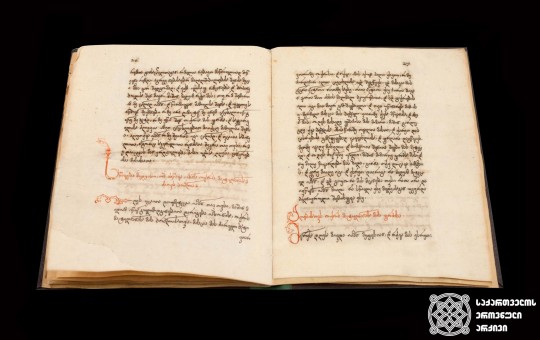
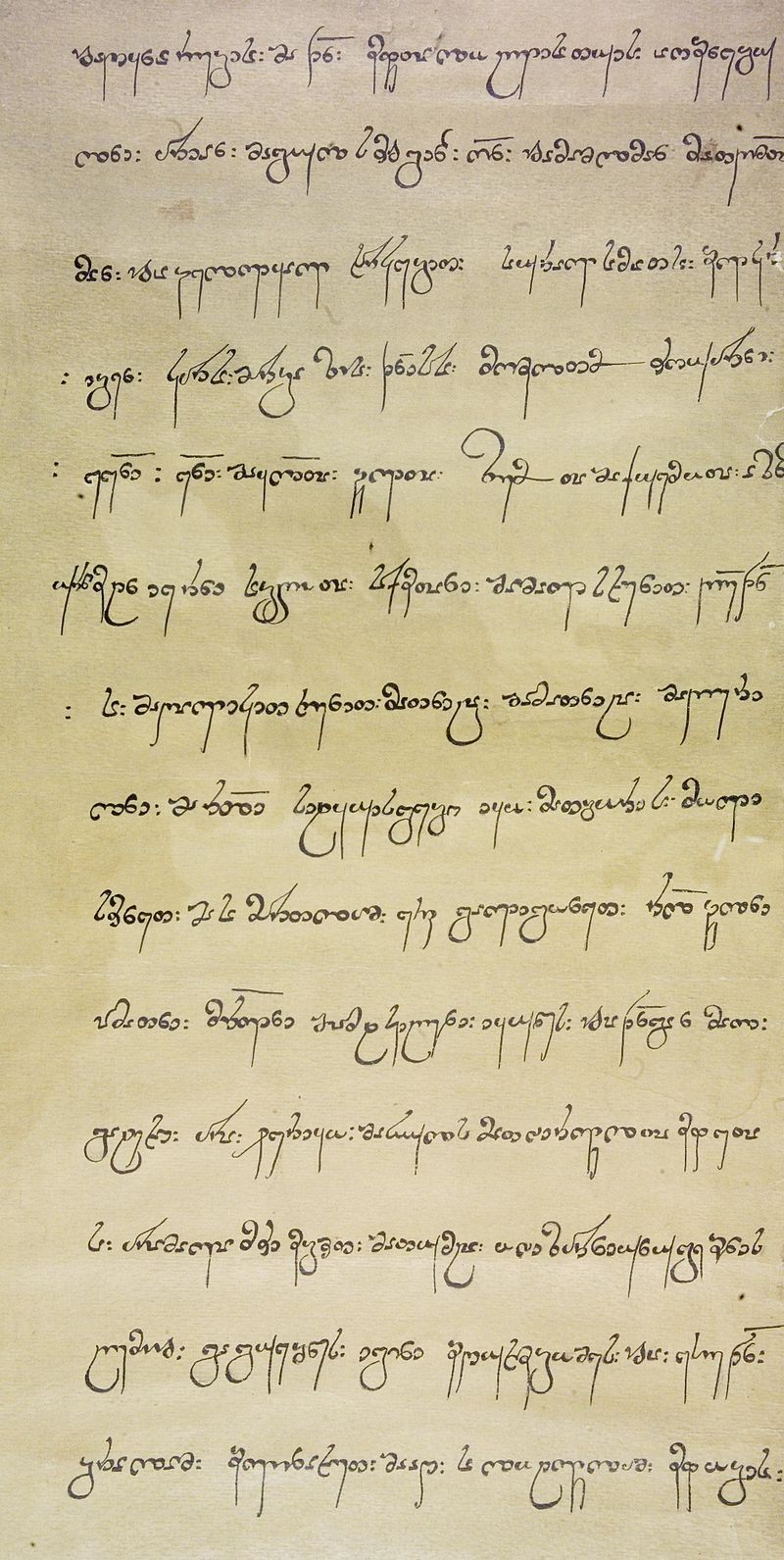
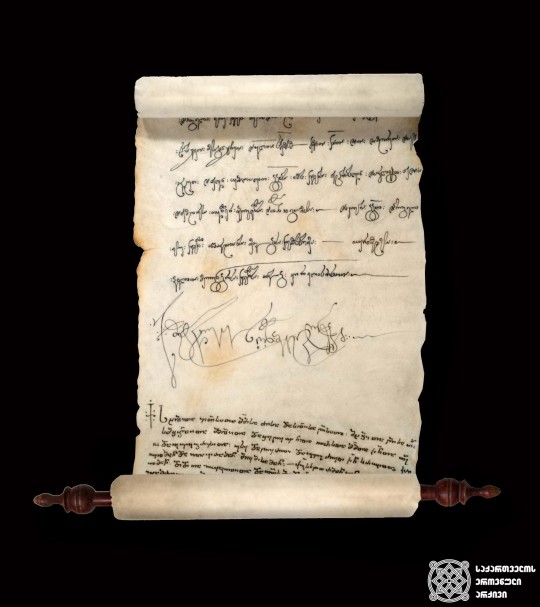


I beg you to zoom in and take a look.
(#4 has the signature of the female King Tamar!!)
171 notes
·
View notes
Text
Elrond owned that shit 💛
94 notes
·
View notes
Text
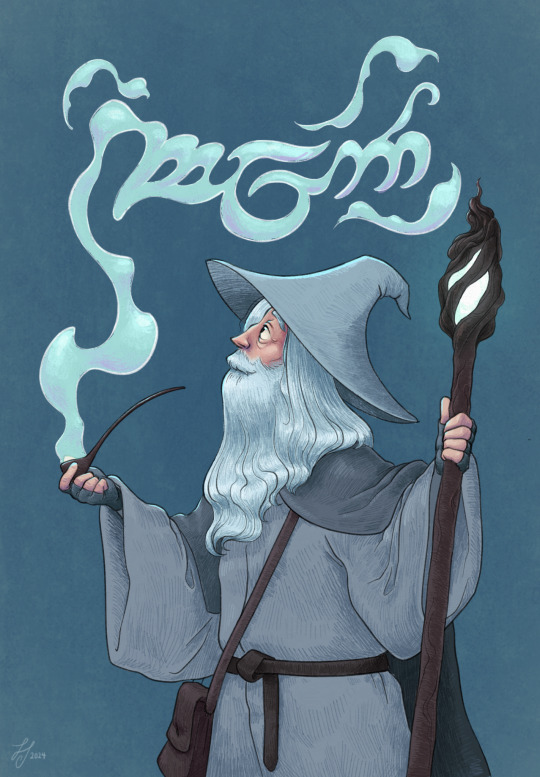
I did some art! This was a gift for a secret santa art exchange and I'm really happy with how it came out!! The way the background came out makes me think of the paper covers on a hardback book when you take the sleeve off. Also hatching is my new favorite rendering style
#my art#lotr#gandalf#gandalf the grey#elvish#illustration#artists on tumblr#artblr#procreate#digital art#the elvish means “friend” as a reference to the door of durin
217 notes
·
View notes